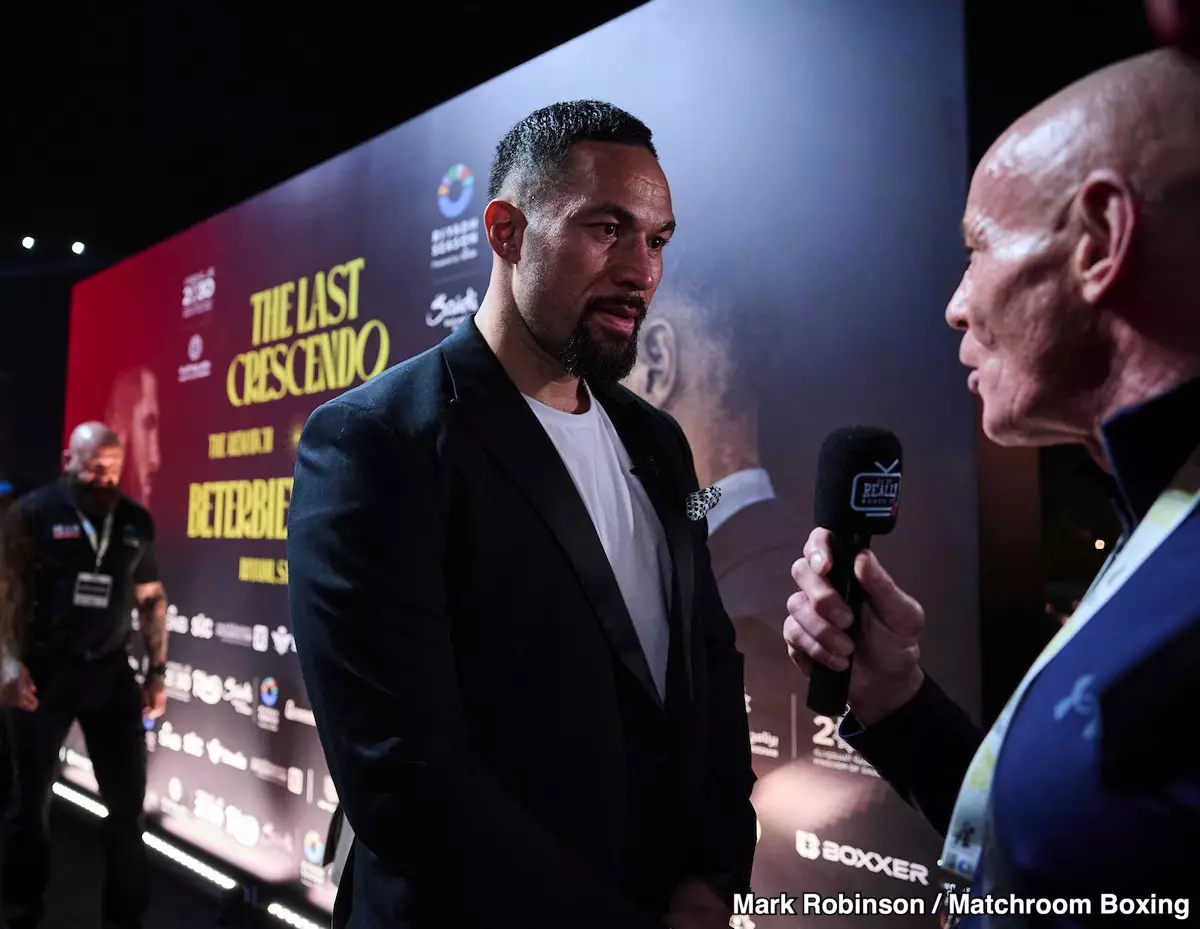As the boxing world eagerly anticipates the bout between Joseph Parker and Daniel Dubois, speculation surrounds Parker’s potential weight for this clash. Andy Lee, Parker’s trainer, has hinted that his fighter might register a “career-heaviest” weight as he prepares to challenge the reigning IBF heavyweight champion, Dubois. This heightening of interest reflects broader trends within the heavyweight division, where physicality is increasingly pivotal to success. The fight is not just about titles; it is a contest steeped in contrasts—between speed and strength, youth and experience, and an enduring debate about the Optimal Fighting Weight in boxing.
Lee unequivocally supports the notion that increased heft can bolster Parker’s performance. The trainer dismisses conventional wisdom that lighter fighters inherently possess superior mobility. Instead, Lee argues that extra weight might facilitate staying power, particularly in clinches where physicality is paramount. He suggests that a heavier Parker can distribute his weight effectively, lending him an advantage in grappling exchanges. This perspective challenges traditional views in boxing, which often equate lightness with agility while overlooking the multifaceted dimensions of combat efficacy. It raises an intriguing question: Does being heavier truly translate to enhanced performance, especially when facing an opponent renowned for his power?
Parker’s previous weigh-in for his match against Joe Joyce saw him at a hefty 255-and-a-quarter pounds—a weight that, while significant, could be surpassed if he approaches the 260-pound mark against Dubois. This trajectory aligns Parker with the current era of heavyweight boxing, characterized by fighters who are not only tall but also incredibly strong. Notably, this weight would place him heavier than even the legendary “Big” George Foreman during his comeback years in the 1980s and ’90s. As these fighters evolve in size, the sport must grapple with questions regarding pacing and endurance—how will a heavier Parker maintain his stamina throughout a twelve-round battle?
In this heavyweight renaissance, the presence of other sizeable fighters, like Zhilei Zhang, adds another layer of competition. With Dubois weighing in at roughly 245 to 250 pounds, he represents a formidable challenge for Parker. His raw ability and athletic stature will inevitably play a role in how their fight unfolds. As both men stand at the precipice of their careers, their ability to adapt their strategies to include or counterbalance their respective weights becomes crucial. This impending match can demonstrate whether the “bigger is better” philosophy holds merit in the ring or if tactics and agility carry greater significance.
As we approach the weigh-in on Friday, the boxing community will be watching closely. The implications of Parker’s weight will not only impact his fight against Dubois but serve as a case study in the ongoing evolution of heavyweight boxing. If Parker’s strategy succeeds, it might embolden other fighters to reconsider their approach to weight management. Conversely, should he falter, it could reinforce the idea that a nimble light heavyweight may hold the key to victory in this increasingly heavyweight-centric sport. The excitement builds not just for the conflict within the ring—but for the myriad of narratives that will continue to unfold long after the final bell.

